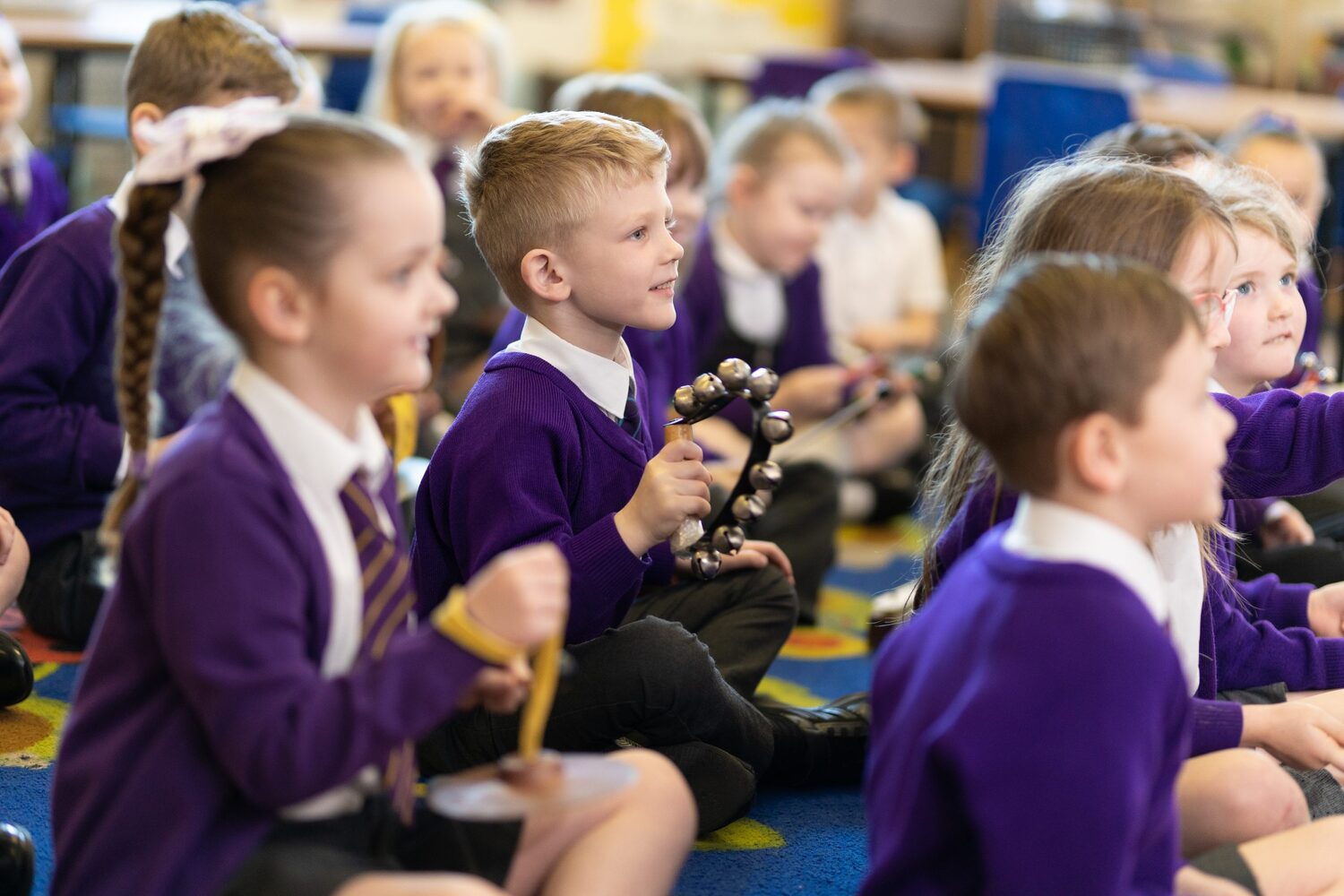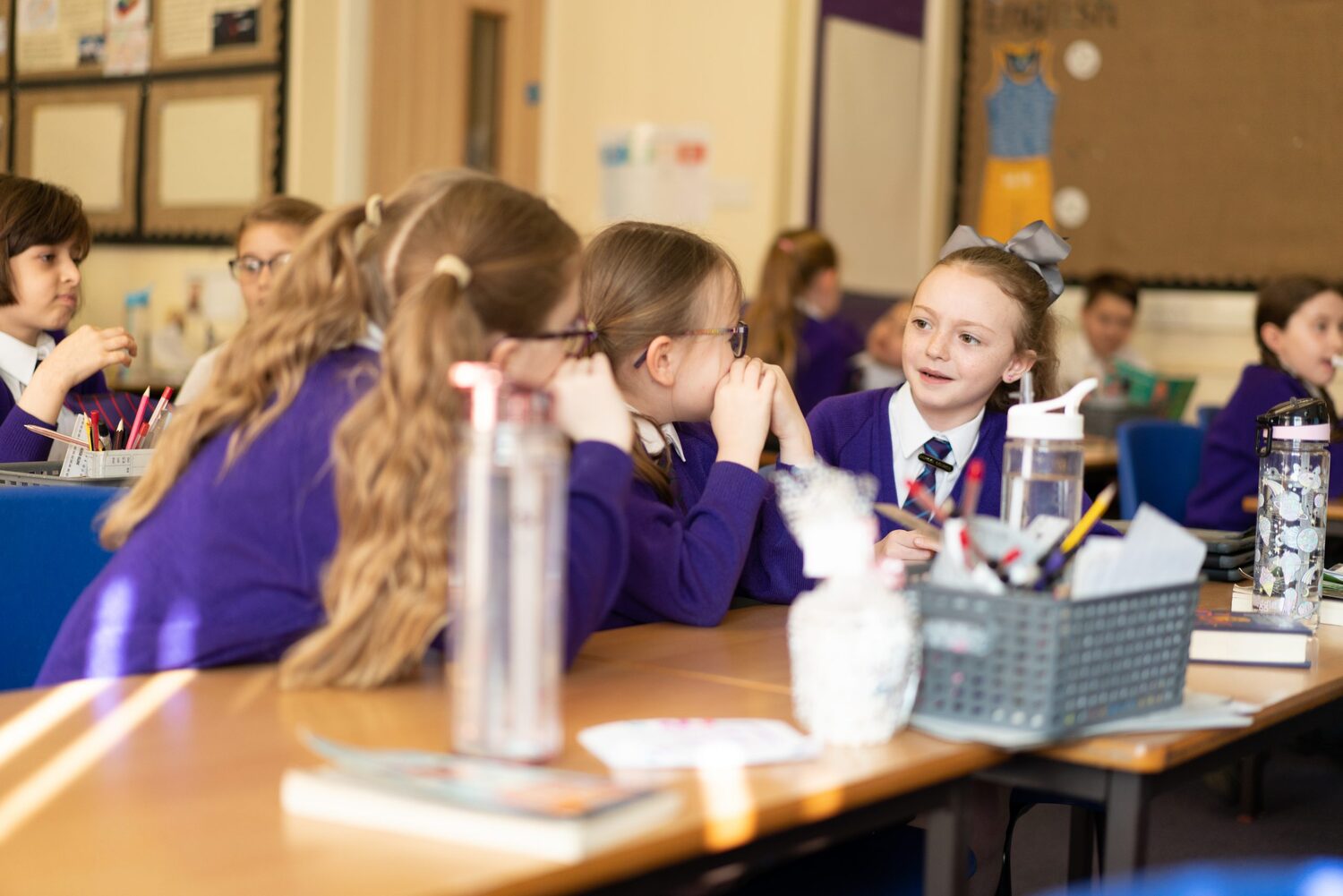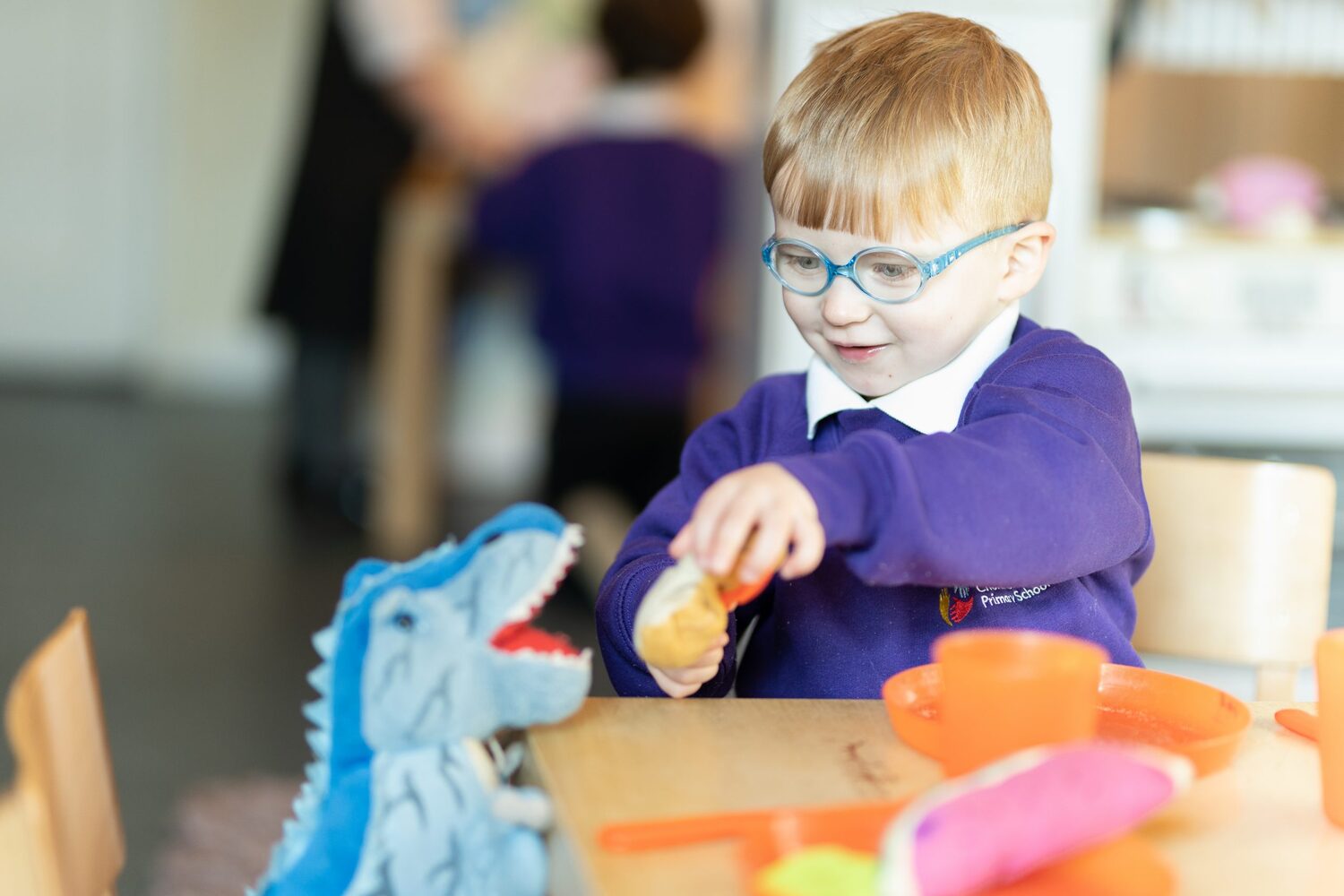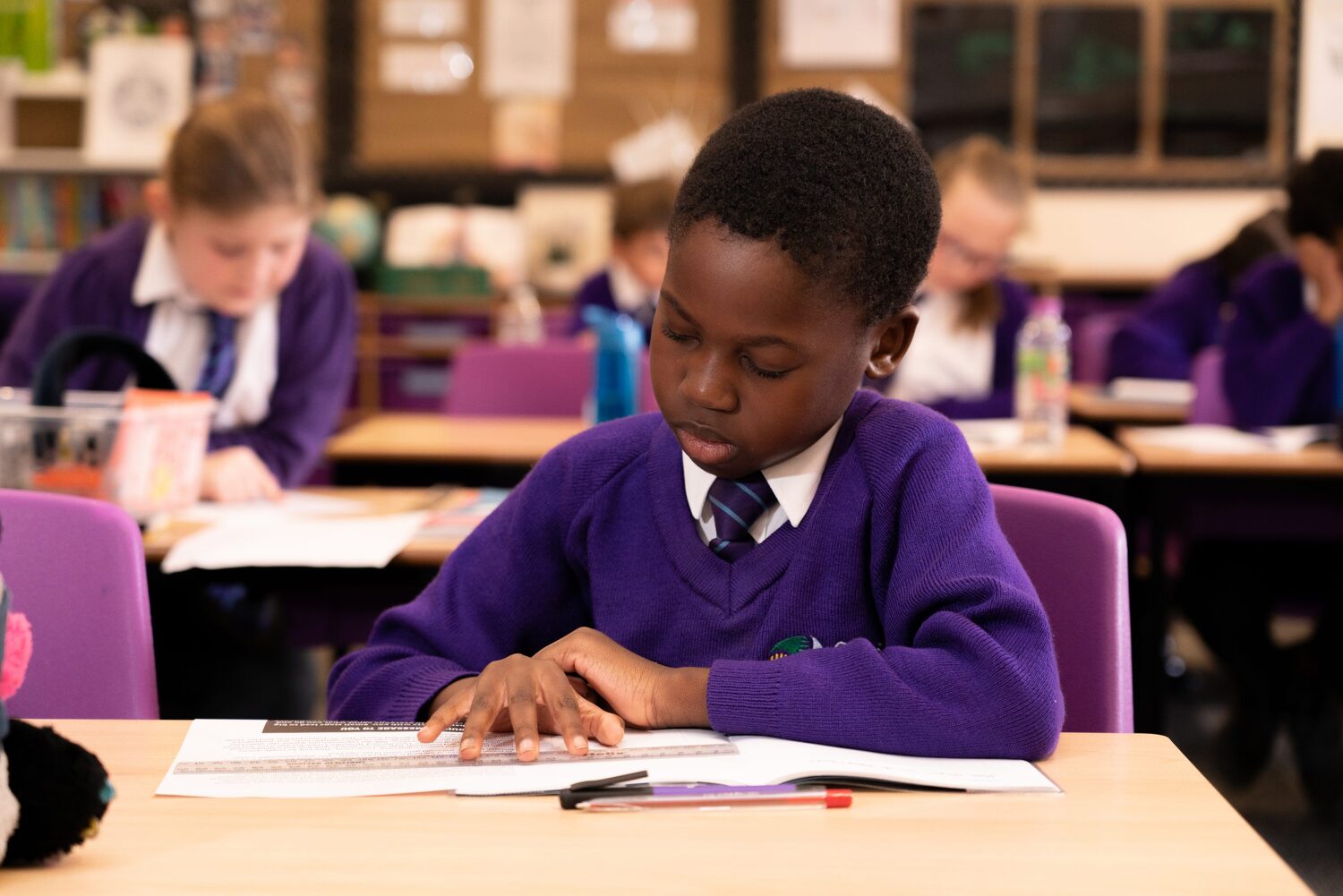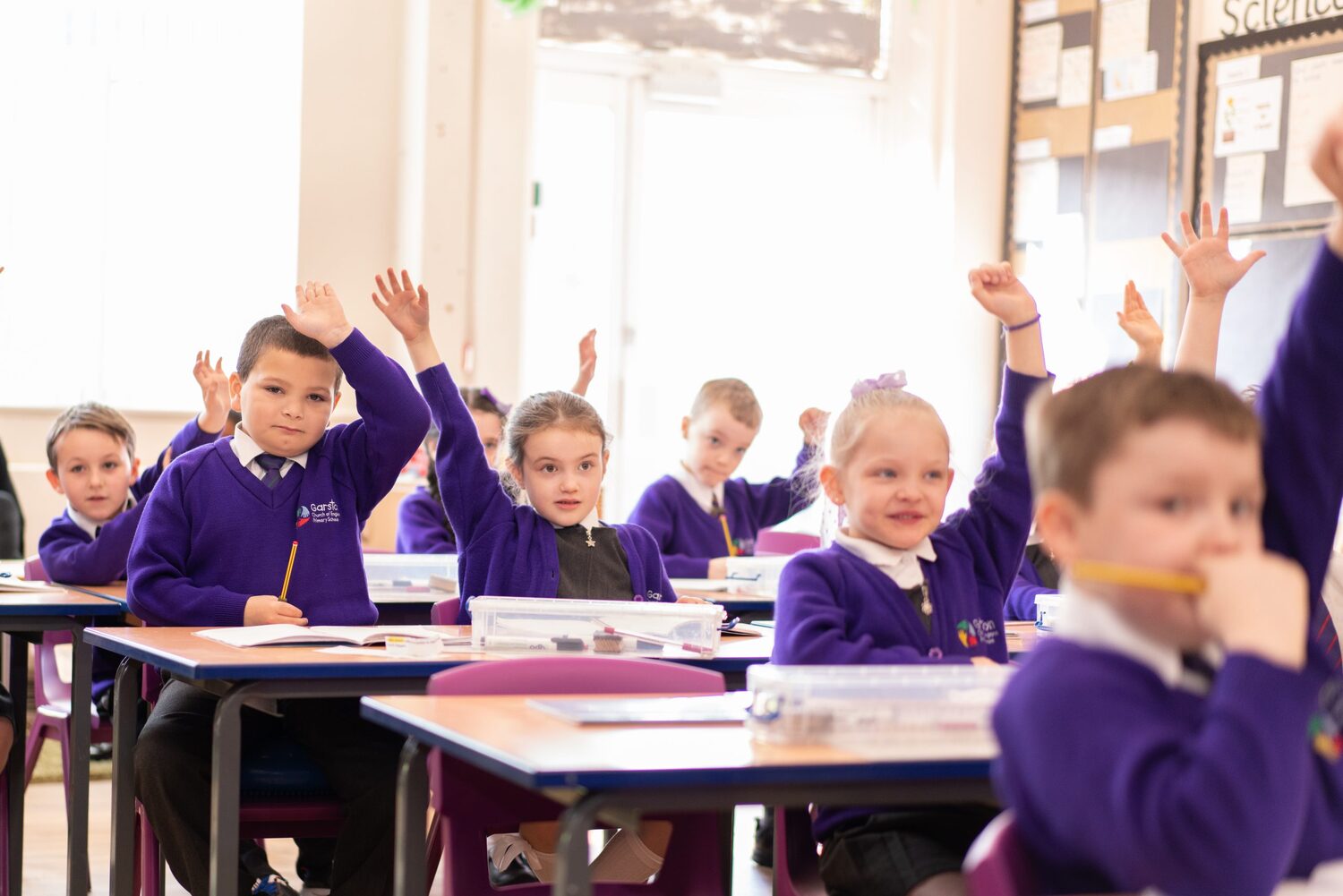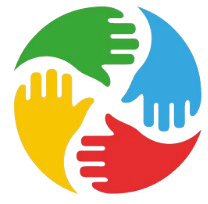
Geography
GEOGRAPHY: A KNOWLEDGE-RICH CURRICULUM
INTENT
The REMAT geography curriculum is ambitious in its aims. It seeks to embed the knowledge and skills set out in the National Curriculum, with assessment endpoints written to focus on these. We also seek to introduce new learning, with topics such as migration and globalisation being used to support pupils’ journey into KS3. Our aim is to introduce the main features and vocabulary of such topics. This fits with research from cognitive science on the importance of exposure and repetition to build knowledge over time. Although KS2 objectives are the focus, this work also supports pupils’ wider development, with discussion of such topics providing rich cultural capital and engagement with current affairs.
IMPLEMENTATION
Across KS1 and KS2, the use of pre-planned curriculum materials means that we quality assure the content taught. The KS2 materials were created through a government-led incentive by Reach Academy, London; the KS1 materials were developed by teachers within the Rainbow Trust. They support teachers in their planning so that time can be focused on the development of subject knowledge and pedagogical practice. The development of children’s knowledge and understanding is further deepened through links made in reading lessons. Below is a detailed breakdown of the curriculum materials and in implementation of these subjects at KS2.
Work Booklet
Each KS2 unit includes a work booklet, with every lesson laid out to include a rich, challenging but age-appropriate text. Key graphics, images and diagrams are included alongside the text. In line with Rosenshine’s (2012) principles of effective instruction, each lesson is broken into manageable chunks of learning, with questions and tasks providing regular opportunities to practice new learning. The work booklet clearly sets out the understanding that teachers will develop in class, ensuring high academic expectations of all pupils (Rosenthal & Jacobson, 2008). Increasing the subject knowledge of teachers, especially non-specialists within primary school settings, has been identified as the most important controllable factor associated with student outcomes (Coe et al, 2014). Having used these materials for some time, our teachers have developed their understanding of how to provide further opportunities for deep learning.
Quizzing
The benefit of retrieval practice is one of the most robust findings in cognitive psychology (Roediger & Karpicke, 2006; Storm, Bjork & Storm, 2010). When pupils are asked to pull information from their memory, it becomes more securely embedded. Each lesson begins with a retrieval quiz, but we also use a range of retrieval strategies to ensure content from across the curriculum is retained in the long-term memory through spaced retrieval.
Lesson Plans
Each unit consists of six, carefully sequenced ‘knowledge lessons’, which can be contrasted with popular but ultimately less effective ‘discovery-based’ lessons described by Kirschner, Sweller and Clark (2006) as ‘minimally guided instruction’. In line with findings from cognitive load theory (Baddeley & Hitch, 1974; Baddeley 1986; Rosenshine 2012; Sweller, 1988) lessons are chunked into small sessions of explicit teaching followed by regular opportunities for all children to think, apply and practice key skills and knowledge.
Slide Shows
Although the curriculum package comes with slide shows for classroom use, our teachers have had training to enhance this resource to aid pedagogy and develop better pupil understanding. By standardising these slide shows, we are able to provide consistency across the schools and support teacher workload through the sharing of resources across year groups. The adaptations we have made aim to aid metacognition, enhance assessment for learning, making wider curriculum connections explicit, use ‘dual coding’ (Paivio 1986; Mayer & Moreno, 2003) to enhance understanding, provide subject-specific vocabulary at the point of use, provide rubrics for self and peer marking, develop teaching of tricky concepts, and create opportunities for deep thinking and application of knowledge.
KS1 Resources
The KS1 curriculum has been created by Trust employees to ensure that National Curriculum objectives are covered and introduce concepts that will be returned to in KS2 as part of a sequenced learning journey. The entire curriculum has been mapped out to help teachers see the links between different units of study. As with KS2, support materials have been created that include subject knowledge overviews, lesson slides, retrieval quizzes and lesson tasks to ensure consistency across the schools. These are reviewed regularly and evolve in accordance with teachers’ feedback.
